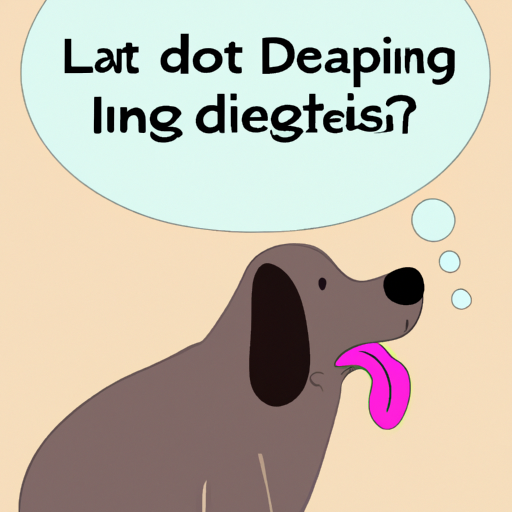As a caregiver, you know that the health of your pet is paramount. When it comes to your furry friend, understanding their normal behavior and physical state is crucial. This includes understanding their breathing patterns. But what happens when your dog’s breathing becomes labored? In this article, we’ll delve into labored breathing in dogs, its causes, symptoms, and potential treatment options.
What is Labored Breathing?
Labored breathing, or dyspnea, is when your dog has difficulty breathing. It can be caused by a variety of factors, some more serious than others. Labored breathing can be an indication of a serious medical condition, so it’s important to be vigilant and seek veterinary assistance if you notice your dog struggling to breathe.
Recognizing Labored Breathing in Dogs
Recognizing labored breathing in dogs can be challenging, especially if your dog is usually energetic or panting due to heat or exercise. Here are some common signs of labored breathing in dogs:
- Increased effort to breathe
- Rapid breaths
- Nostrils flaring when breathing
- Wheezing, choking, or coughing
- Blue or purple tongue or gums
Here’s a quick guide on how to differentiate normal from labored breathing:
| Normal Breathing | Labored Breathing |
|---|---|
| Relaxed and effortless | Increased effort or strain |
| Quiet, unless panting | Noisy, wheezing, or choking sounds |
| Regular rhythm | Irregular or rapid rhythm |
Causes of Labored Breathing in Dogs
Labored breathing can stem from several causes. It could be due to:
- Respiratory issues: Pneumonia, bronchitis, or other lung diseases can lead to labored breathing.
- Cardiac problems: Heart disease can cause difficulty breathing.
- Overheating or heatstroke: Dogs can struggle to breathe if they’re too hot or have been in the sun for too long without proper hydration.
- Obesity: Overweight dogs may struggle to breathe, especially during exercise.
Treatment and Prevention of Labored Breathing
If your dog is showing signs of labored breathing, it’s important to get them to a vet as soon as possible. Treatment will depend on the underlying cause. For instance, respiratory issues may be treated with antibiotics, while cardiac problems may require medication or even surgery.
Prevention is always better than cure. Here are a few tips to prevent labored breathing:
- Regular vet check-ups
- Proper diet and exercise to maintain a healthy weight
- Keeping your dog cool in hot weather
- Avoiding exposure to irritants like smoke or chemicals
Frequently Asked Questions
Q: Can exercise cause labored breathing in dogs?
A: Yes, vigorous exercise can cause temporary labored breathing. However, if your dog doesn’t return to normal breathing after resting, it’s best to consult a vet.
Q: Can anxiety cause labored breathing in dogs?
A: Yes, anxiety or stress can cause rapid or labored breathing in dogs.
Q: How can I tell if my dog’s breathing is labored?
A: Signs include rapid breathing, wheezing, coughing, and increased effort to breathe. If in doubt, always consult a vet.
Q: What can I do at home to help my dog if they have labored breathing?
A: If your dog’s breathing is labored due to heat or anxiety, try to cool them down or calm them. However, if these symptoms persist, seek veterinary help immediately.
Remember, your dog relies on you to keep them healthy. Always be observant and take action when needed.



